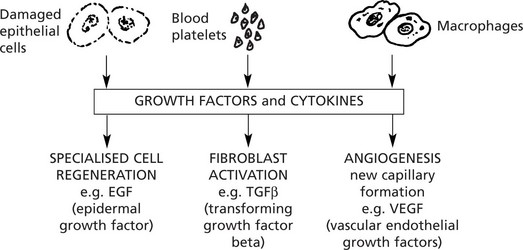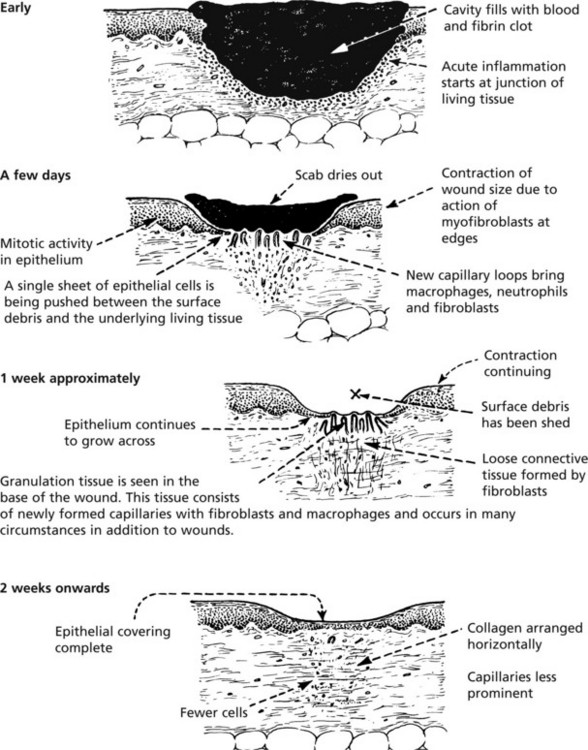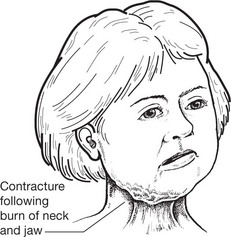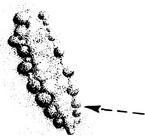Chapter 3 Healing
Healing
Healing is the final stage of the response of tissue to injury.
Three broad groups of cells are considered in the context of the cell cycle (p.3).
REGENERATION involves TWO PROCESSES:
Wound Healing
Healing of a wound shows both epithelial regeneration (healing of the epidermis) and repair by scarring (healing of the dermis).










